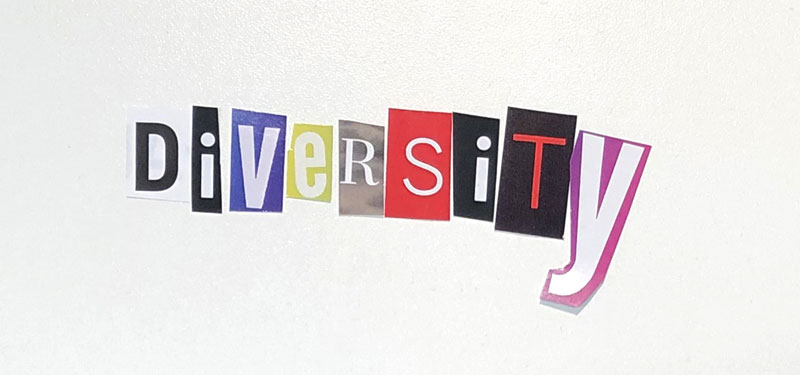
DIVERSITY COMMITTEE REPORT
 By Amy R. Beck, PhD, RYT 200
By Amy R. Beck, PhD, RYT 200
That family that “never implements recommendations,” the patient who “doesn’t seem motivated,” the eligible research participant who might take longer to consent because of language interpretation, or that colleague who makes conversations “difficult.” We have all experienced one or all of these scenarios.
An Essential Framework
As we strive towards health equity in pediatric psychology, cultural humility is an essential framework for intentionally integrating diversity, equity, and inclusion into our professional practices to make them ethical best practices for all. Cultural humility is not the same as cultural competence. Traditionally, cultural competence suggests that we make assumptions based on our perceptions of others’ cultural identities. Cultural humility means we allow patients and peers to be our teacher of who they are and what they need. Specifically, cultural humility incorporates three main concepts (Tervalon & Murray-Garcia, 1998):
- Lifelong commitment to self-evaluation and self-critique — the recognition that we do not know everything combined with willingness to learn, even when learning may be difficult or uncomfortable.
- Balancing of power — respectful partnership with our patients and families that values their self-expertise and lived experiences alongside our expertise in our field.
- Advocacy — because lasting change, such as a more permanent balancing of power, takes place when individuals move beyond the interpersonal to impact larger (i.e., institutional, structural) systems.
The foundational components of cultural humility are (Foronda, Baptiste, Reinholdt, & Ousman, 2016):
- Openness — an attitude of willingness to explore new ideas, being of open mind, and being open to interactions with culturally diverse individuals (i.e., patients, families, and colleagues).
- Self-awareness — knowledge and understanding of our own strengths, limitations, values, beliefs, behaviors, and appearance to others.
- Egoless orientation — having humbleness and believing that all individuals (i.e., patients, families, and colleagues) are of equal worth and deserve equal rights, while working to flatten existing hierarchies and power differentials (i.e., patient-provider).
- Supportive interaction — actively and positively engaging and exchanging dialogue and experiences with another individual.
- Self-reflection — the ongoing process of critically reflecting on one’s thoughts, feelings, and actions, and refining them.
Many times, cultivating cultural humility requires changes in perspective and ultimately in way of life; taking this approach generates a better way of being. Benefits to employing cultural humility include mutually respectful dynamic partnerships, optimal patient care (i.e., effective treatment, communication, and quality of life), and lifelong learning, growth and development (Foronda, Baptiste, Reinholdt, & Ousman, 2016). What a wonderful way to practice pediatric psychology!
References
Tervalon, M., & Murray-Garcia, J. (1998). Cultural humility versus cultural competence: A critical distinction in defining physician training outcomes in multicultural education. Journal of Health Care for the Poor and Underserved, 9, 117-125.
Foronda, C., Baptiste, D., Reinholdt, M. M., & Ousman, K. (2016). Cultural humility: A concept analysis. Journal of Transcultural Nursing, 27(3), 210-217. doi: 10.1177/1043659615592677
